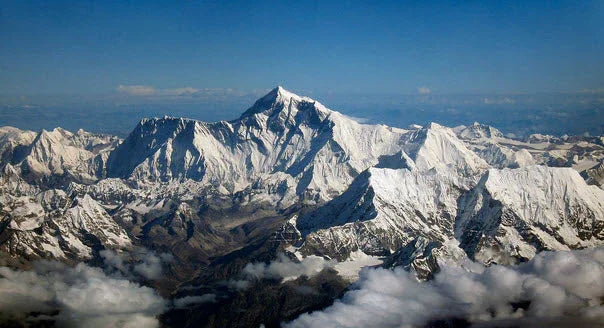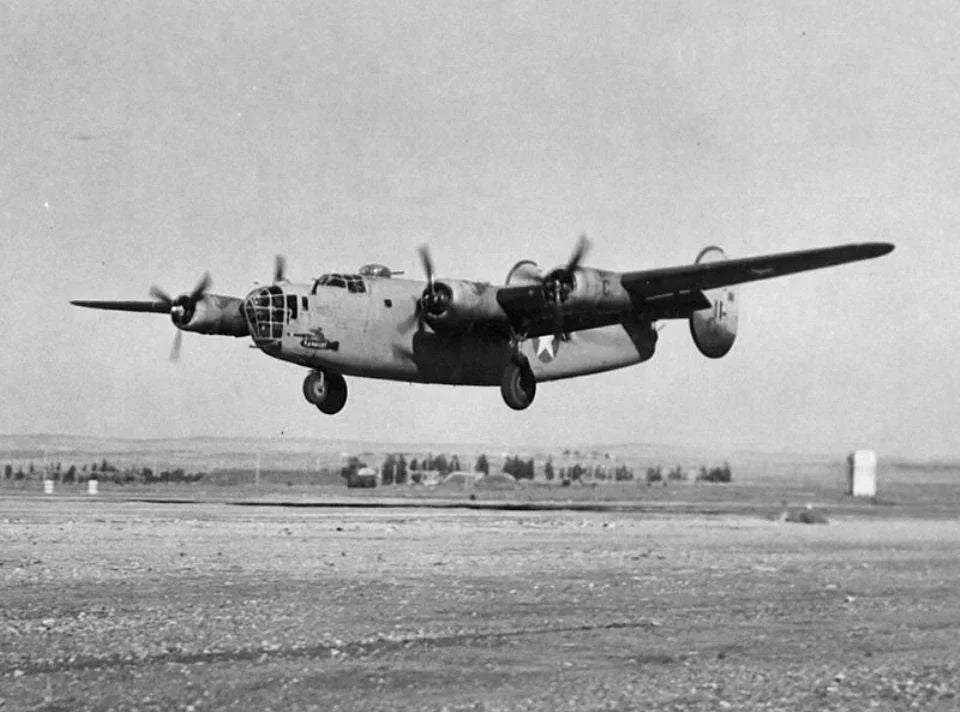Operation Baby Lift
In the month of April, 1975, the U.S. witnessed the collapse of the South Vietnamese government.
This sudden collapse of the South Vietnamese government came as a shock to the United States, North Vietnam and the South Vietnamese people as well.
When the North Vietnamese took control of the provincial captial of Phuoc Bin on January 7, 1975, it became clear that the South Vietnamese government needed an infusion of a significant amount of financial aid in order to survive any further advances of the North Vietnamese forces.
Meanwhile, in Washington DC, President Ford and his cabinet debated how much assistance to provide and whether Congress would approve it.
The U.S. Ambassador to South Vietnam, Graham Martin, attempted in the meantime to prevent mass panic by halting evacuation plans while more and more territory around Siagon continued to fall.
To complicate things, many of the South Vietnamese who had helped the U.S. effort feared for retribution from the North Vietnamese, even death, if the city fell to the communists.
Ambassador Martin focused on getting aid for South Vietnam while ignoring orders from Washington to begin evacuations. In the meantime, President Ford pushed for the evacuations to begin as soon as possible.
There was, however, one group that was singled out by President Ford and whose fate would raise painful questions about America’s past, present, and future role in Vietnam – South Vietnamese children placed in Saigon orphanages.

A refugee woman caring for three small South Vietnamese orphans.
South Vietnamese Orphans
There were a lot of orphaneges in Saigon, several of which were operated by American and Western adoption agencies.
During the war, there were many children born to Vietnamese women who were fathered by American G.I.s.
Several of these unions took place in brothels while the men were on leave. Vietnamese families and mothers feared that children resulting from such a union would be marked for intense discrimination and prejudice growing up in Vietnam.
To avoid this fate, families placed these children, referred to as Ameriasian, in the orphanages.Although all the orphans held a special place in the hearts of administration officials and adoption agencies leaders, children born of American soldiers and Vietnamese women took on special significance.
The first authorized flight to fly children out of Vietnam was an Air Force C-5a Galaxy airplane that departed from Saigon on April 3, 1975.

A photo of the first C-5A Galaxy departing Saigon with orphans bound for America.
The Accident
The first flight to depart was a C-5A Galaxy, serial number 68-0218,.
The aircraft, piloted by Captains Dennis W. Traynor III and Tilford Harp, carried a medical team from Clark Air Base in the Philippines commanded by 1st Lt. Regina Claire Aune, Nurse Corps, USAF.
When they learned that almost 250 orphans would be aboard, another medical team from a nearby C-141 Starlifter volunteered to accompany Lt. Aune's team on the flight.
Upon departure the aircraft had 328 people aboard, including flight crew, medical teams, orphans and their escorts.
Unfortunately, a few minures after departure and as the C-5A reached 23,000 feet, the the locks on the rear loading ramp failed causing an explosive decompression of the aircraft.
This is a very traumatic and violent event that takes less than 5 seconds, filling the air with duest and debris throughout an aircraft.
The people and equipment throughout the aircraft were hurled about and the aircraft immediately filled with fog!
Lt. Aune was thrown the entire lengt of the upper deck and was seriously injured.
The aircraft itself was severly damaged incuding two hydraulic systems made inoperative and many flight control cables severed.
Now the pilots could only control the airraft with engine thrust and one aileron.
Unable to maintain flight, the pilots began an emergency descent and attempted to get back to the air field at Tan Son Nhut.
At approximately 4:45 pm the C-5A touched down two miles short of the runway going 270 knots. It slid for 1/4 of a mile, became airborne for another 1/2 miles, finally touching down and sliding into a raised dike where it broke into four sections.

Helicopters standing by near the wreck of the Lockheed C-5A Galaxy.

Wreckage of the Lockheed C-5A Galaxy transport.
The Heroes
Despite her injuries (she had a broken foot, leg, and vertebra in her back) Lt. Regina Claire Aune, NC, USAF, began evacuating the children.
When the rescue helicopters arrived, they couldn't land close to the wreckage, so the children had to be carried to the choppers.
After Lt. Aune had helped carry about 80 orphans she was no longer able to continue and passed out from her injuries.

Colonel Regina C. Aune, USAF NC (U.S. Air Force)
Regina Aune became the first woman to be awarded the Cheney Award by the U.S. Air Force. The Cheney Award was established in 1927 and is awarded "to an airman for an act of valor, extremem fortitude or self-sacrifice in a humanitarian interest, performed in connection with aircraft, but not necessarily of a military nature."

Cheney Award (U.S. Air Force)
The Bronze Cheney Award featuring a pilot riding on the back of an angel. The other side is blank for an inscription.
Regina Aune continued her career in the Air Force after she recovered from her injuries, completing her service as a Colonel. She went on to earn a Master of Science degree in Nursing, as well as a Ph.D.
Ahe served as the Chair of the Department of Nursing Research, Commandant of the Graduate School of Nursing and Deputy Brigade Commander at the Uniformed Services University of Health Services.
In 2007 she retired from the USAF after her command of the 386th Expeditionary Medical Group, Kuwait in support of Operation IRAQI FREEDOM.
She passed away on March 27, 2024.
Captain Mary Therese Klinker, Nurse Corps, USAF was the last US service woman to die in the Vietnam War.

Captain Mary T. Klinker, Nurse Corps, USAF.
Captain Klinker was posthuously awarded the Airman's Medal and the Meritorious Service Medal for her actions during the accident in Operation Baby Lift.

The Airman's Medal
The Pilots
Among those killed in the accident were eleven members of the crew, including the two pilots.
General Paul Carlton, Commandeer, MAC (Military Airlift Command), called the pilot's actions "one of the greatest displays of airmanship I have ever heard related."
Captain Dennis W. Traynor III, USAF

Capt. Traynor III was awarded the Air Force Cross for extraordinary heroism and airmanship as Aircraft Commander of a C-5A aircraft.
Captain Tilford W. Harp

Captain Tilford W. Harp, pilot, USAF
Both of these pilots were awarded the Air Force Cross for demonstrating extraordinary heroism and airmanship while engaged in a humanitarian mission.

The Air Force Cross Medal
Operation Baby Lift
Within days of the crash the United States authorized more flights of orphans out of Saigon. The orphans were processed at the Presidio located in San Francisco, CA.
A team of medical personnel would meet the flights and give each orphan a physical exam. Once the exams were completed, adoption agencies would send the children to their new homes.
When the babies first arrived they were given a warm reception, and in fact President Ford met the first flight of orphans that arrived at the Presidio military base.

President Gerald R. Ford carries a Vietnamese baby from “Clipper 1742.”
Conclusion
Unfortunately, Operation Baby Lift did not turn out to be a great humanitarian effort in the end.
Many of the children brought to the United States were not, in fact, orphans, but rather children sent by their parents with connections to avoid the upcoming collapse of South Vietnam.
Once the Vietnam War ended the parents who had sent their children to the US wanted them back, resulting in law suits and a lot of pain for parents and children alike.
Like so many things that the government does in the name of humanitarianism, this Operation Baby Lift became a human tragedy.
You can read more about this at "Misguided Intentions: Operation Baby Lift and the Consequences of Humanitarian Action."
I hope you enjoyed this trip through some of the history of aviation. If you enjoyed this trip, and are new to this newsletter, sign up to receive your own weekly newsletter here: Subscribe here!
Until next time, keep your eyes safe and focused on what's ahead of you, Hersch!







Leave a comment
This site is protected by hCaptcha and the hCaptcha Privacy Policy and Terms of Service apply.